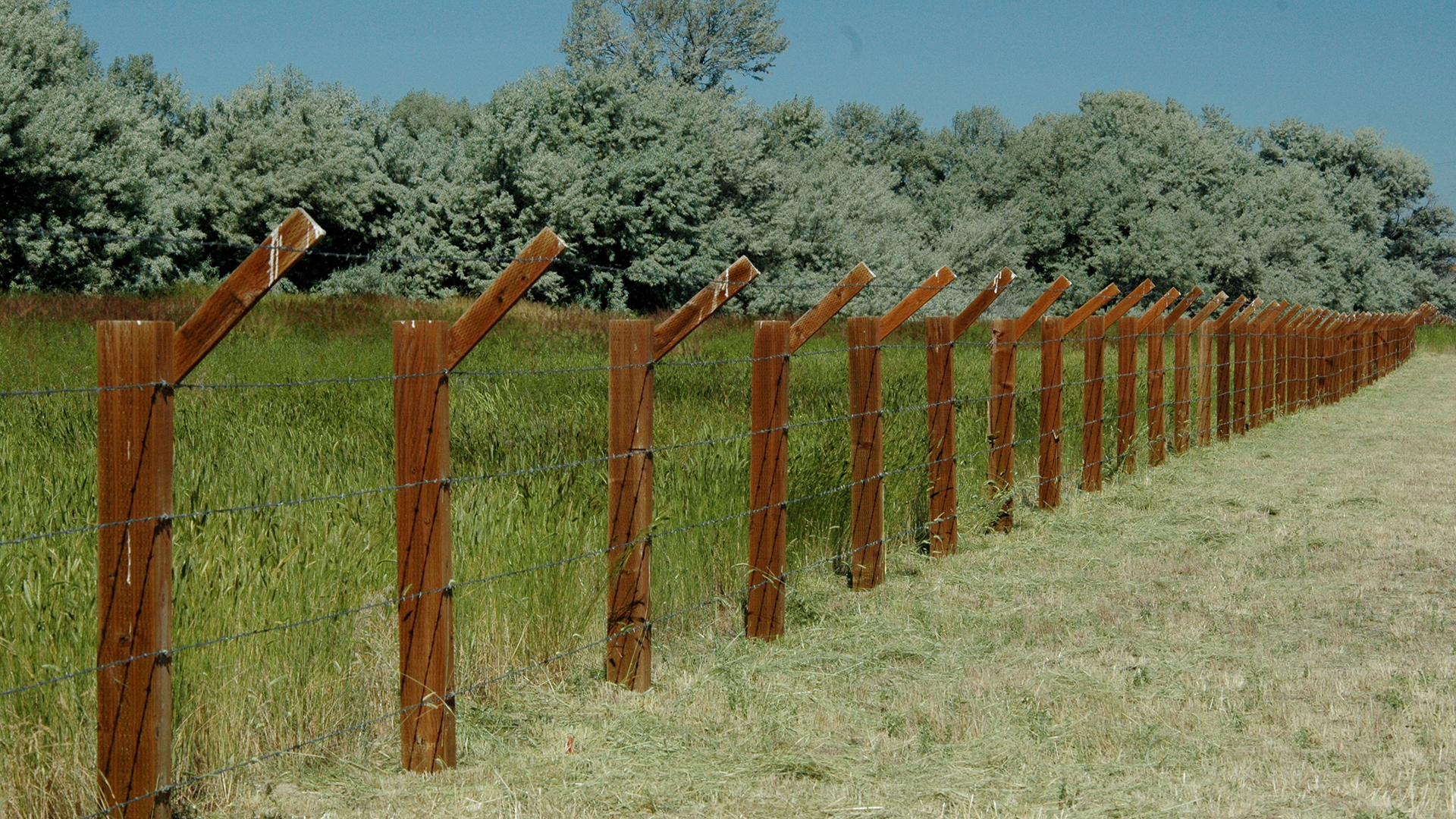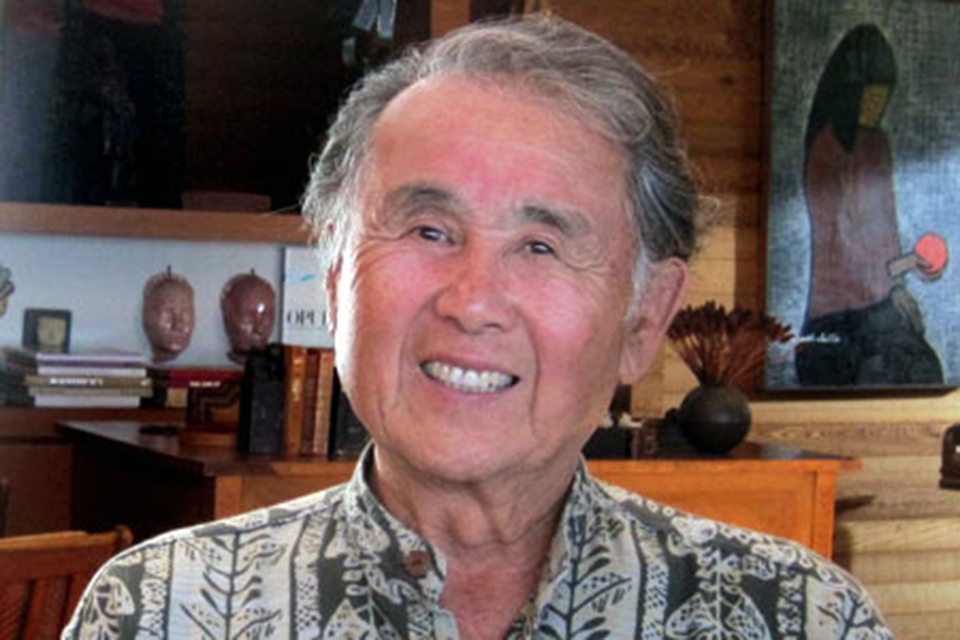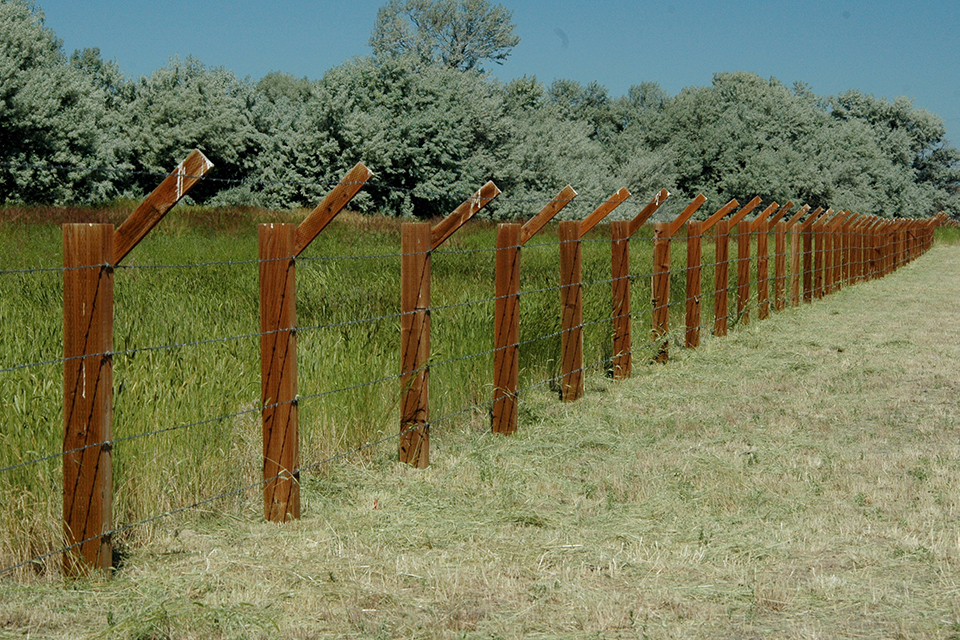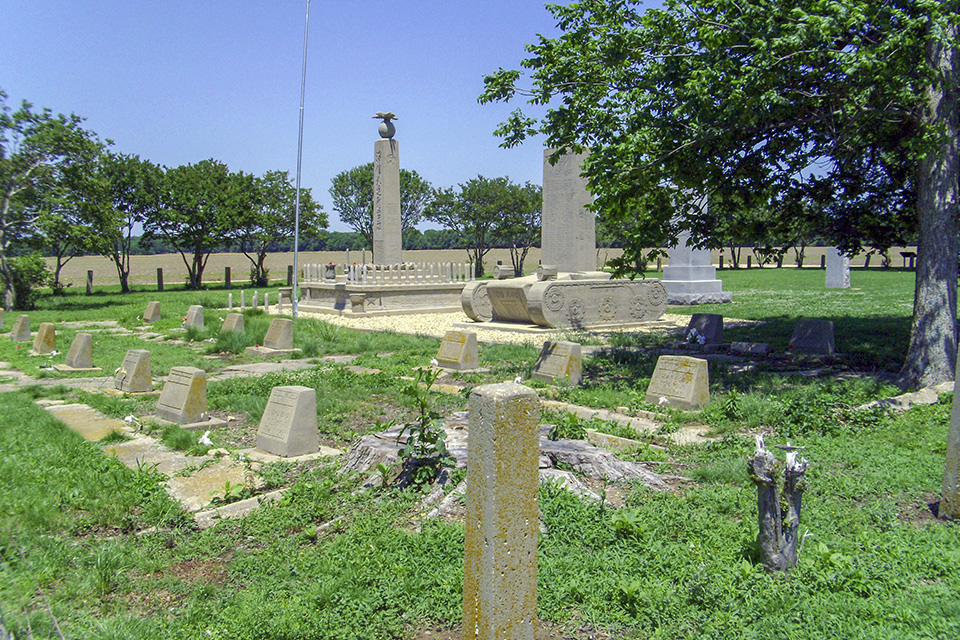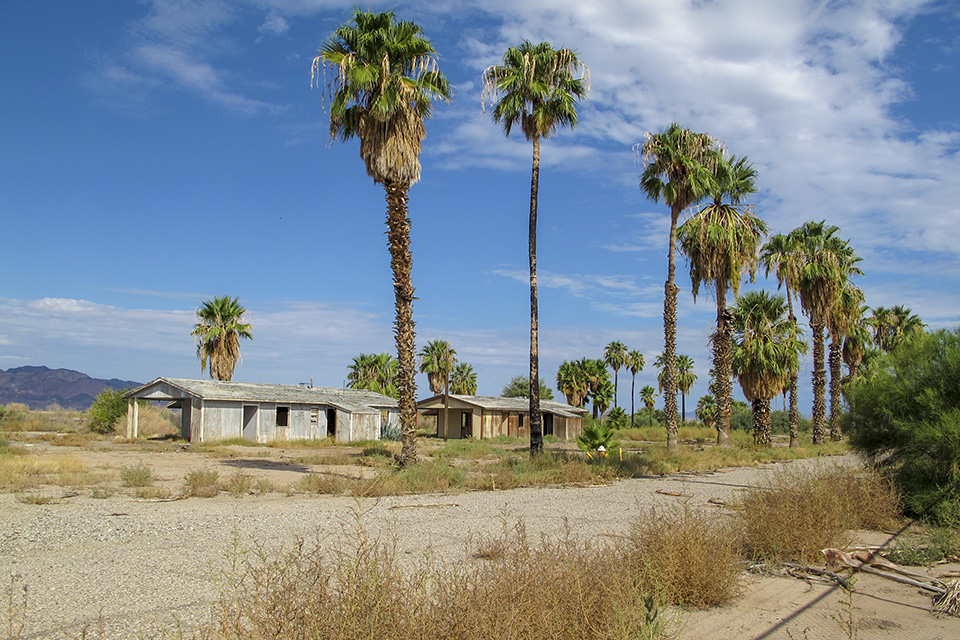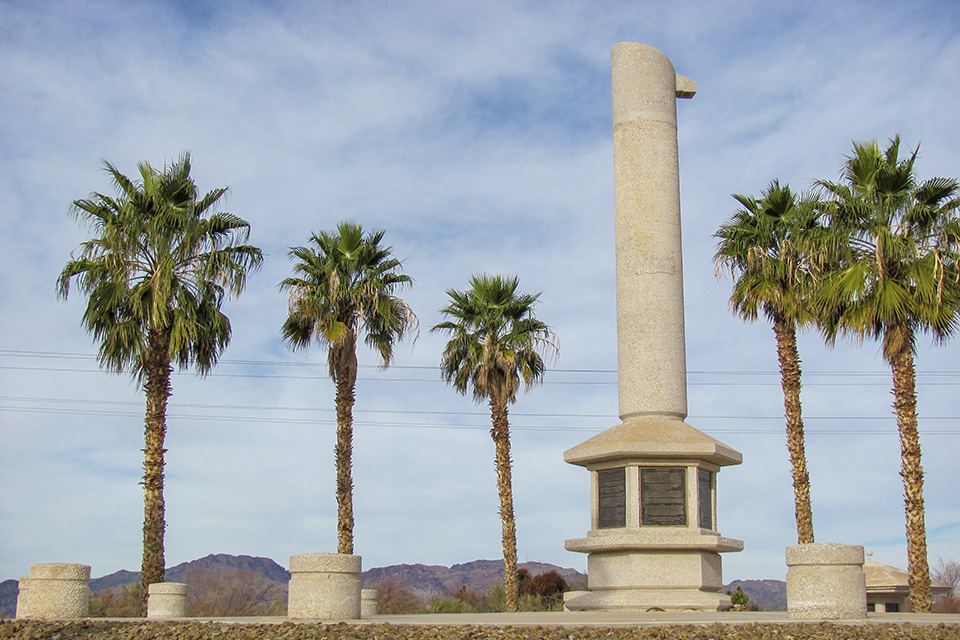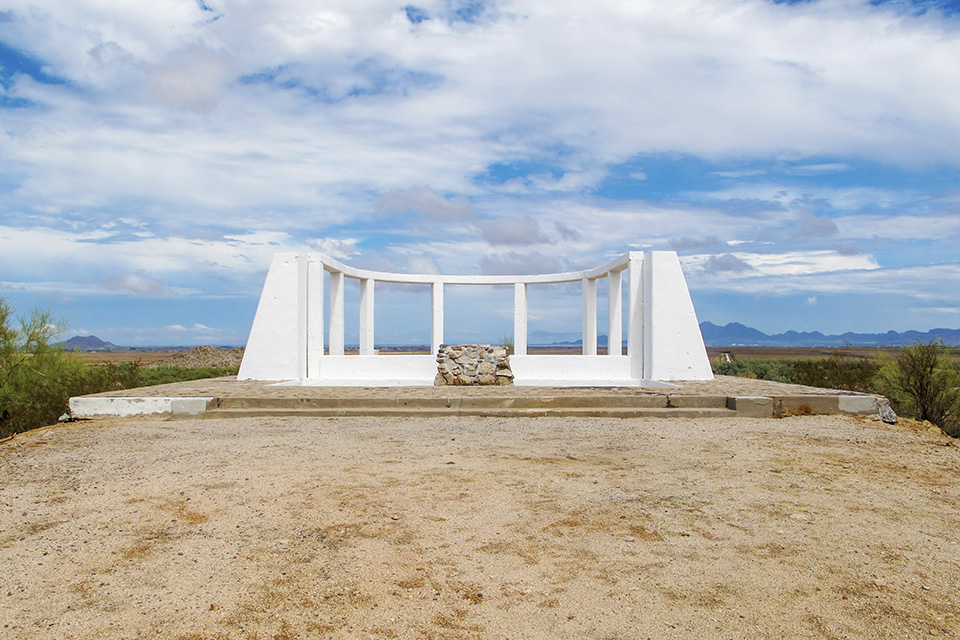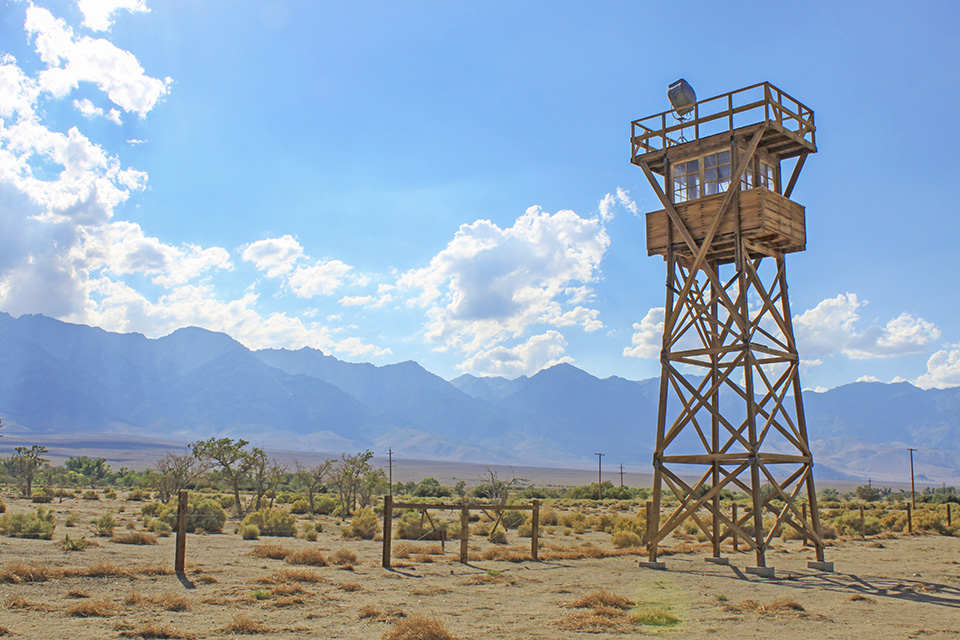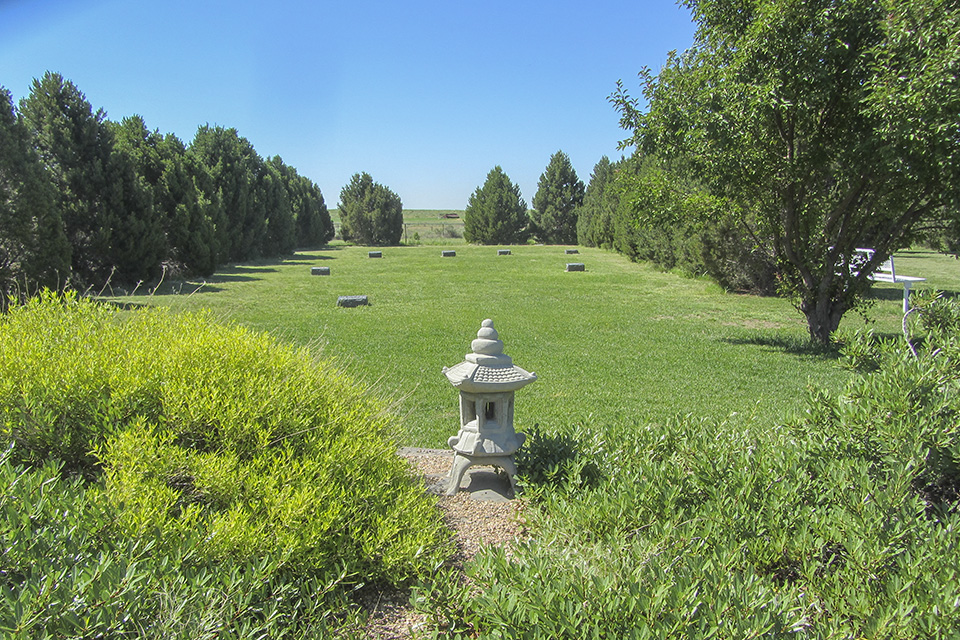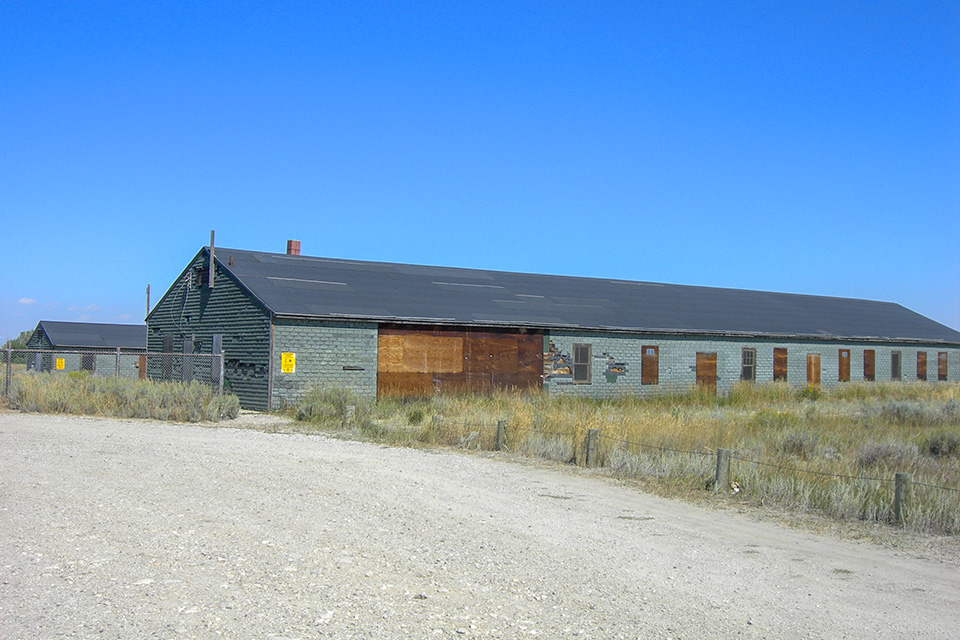On February 19, 1942, two months after Japan attacked the U.S. naval base at Pearl Harbor, President Franklin D. Roosevelt signed Executive Order No. 9066, giving the military authority to remove persons, at its discretion, from an area bounded by the full length of the West Coast of the United States and extending nearly 100 miles inland. Although the order did not specify who was to be targeted, the U.S. Army forcibly removed the entire population of people of Japanese descent in that area, confining them in perpetually guarded camps.
Background
All ten of the long-term confinement sites (or camps, as they were called) were established in rural areas, some of them immediately becoming the largest de facto towns in their sparsely populated states. The camps had hospitals, schools, factories, and other staple features of towns, but all usually enclosed within a circuit of barbed-wire fencing punctuated by guard towers. The most recognizable features of the camps were the identical rows of makeshift barracks where detainees were housed, laid out in a grid system divided into blocks (12 to 14 barracks per block). The wood-framed barracks, each approximately 20 x 120 feet, were partitioned into small apartments that housed entire families; each apartment had a single drop light, a heating unit, and cots. The residential core of barracks and support buildings was surrounded by hundreds of acres of open land where detainees toiled to grow food and raise animals.
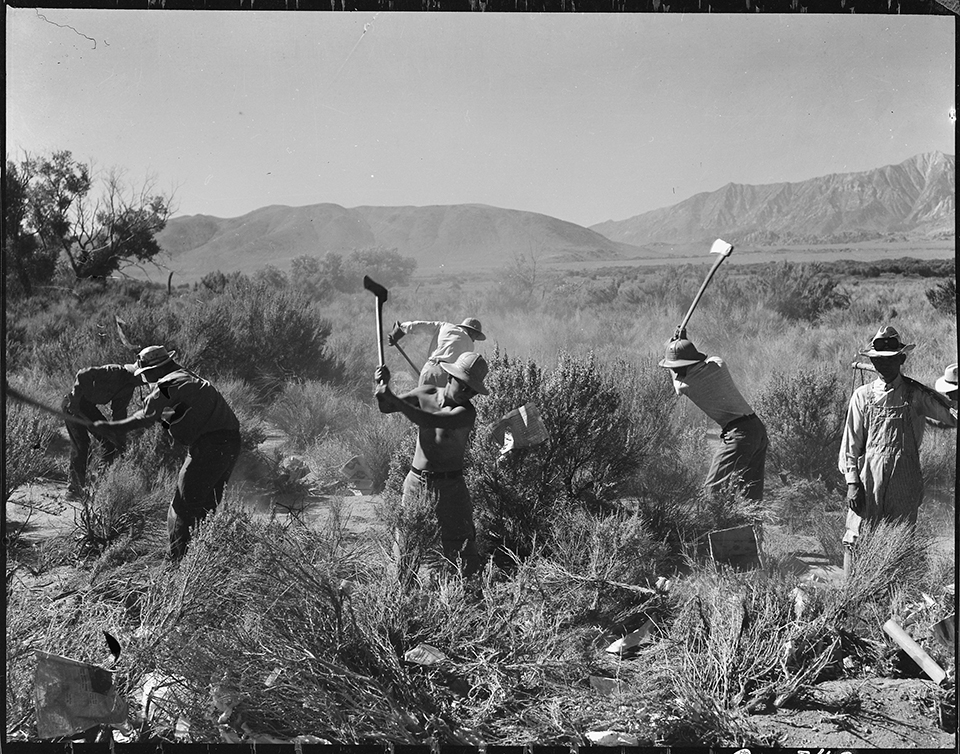 Detainees Clearing Sage Brush, Manzanar War Relocation Center, CA, 1942. Photo by Dorothea Lange, courtesy Wikimedia Commons.
Detainees Clearing Sage Brush, Manzanar War Relocation Center, CA, 1942. Photo by Dorothea Lange, courtesy Wikimedia Commons.
To improve their lives, individuals (some of whom later became landscape architects like Hideo Sasaki, Satoru Nishita, Joseph Yamada (below) beautified their surroundings, planting numerous trees and flowers and creating ponds, pools, and all manner of gardens—even Victory Gardens. Remnants of many of these features are still visible in the landscapes today. In an oral history interview recorded with TCLF, Yamada describes the ingenuity of the detainees, describing how, “in a way, it captured some of that feeling of what you could do with nothing.” The Japanese “grew the best watermelons, cantaloupes and vegetables,” and stewarded the landscape, so that at the arid Poston, Arizona camp, Yamada noted, “from our camps to the river it’s all green now.”
On January 2, 1945, the War Department officially lifted the orders excluding certain individuals from areas of the West Coast. By fall, most of the camps had closed, with many of the buildings sold to returning war veterans or local municipalities. Approximately half of the detainees returned to the West Coast, and many were greeted with violence and discrimination upon their arrival. The process of finding new housing and new work—in essence, a new life—was often not an easy one, not least because families had lost nearly everything when originally uprooted. Many Japanese Americans committed themselves to ensuring that the country would never forget what had happened to them; in the 1970s they organized the Redress Movement, which led to a 1982 Presidential Commission on the wartime Relocation and Internment of Civilians, as well as to the Civil Liberties Act of 1988. Over the years the ten internment sites experienced different fates, from private ownership and development to National Register designation, from nearly complete erasure to careful preservation.
In 2006 Congress authorized $38 million to fund the Japanese American Confinement Sites grant program, signed into law by President George W. Bush. The program, administered by the National Park Service, aims to preserve and interpret the history of the wartime incarceration of Japanese Americans. President Donald Trump’s administration submitted budget proposals that sought to greatly diminish—or altogether cancel—funding for the program. Only through strenuous public-awareness campaigns did advocacy groups restore the full levels of appropriations, with funds initially cut in half in the FY2018 budget request and cut altogether for FY2019.
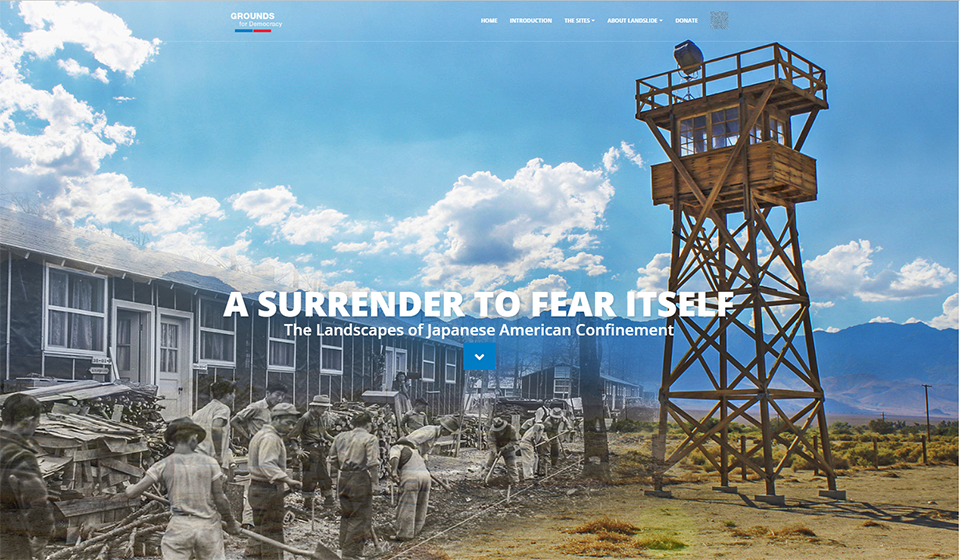
A Surrender to Fear Itself – the Landscapes of Japanese American Confinement from Landslide: Grounds for Democracy, 2018. Image courtesy The Cultural Landscape Foundation.
Advocacy and Engagement
In response to this stewardship threat, TCLF enrolled these significant historic sites of confinement in the 2018 Landslide thematic report, Grounds for Democracy. The thematic report and digital exhibition aimed at remembering, contextualizing, and interpreting the struggles for civil and human rights in the United States. It generated significant press – including in the New York Times, San Francisco Chronicle, Austin-American Statesman, Curbed, Architect’s Newspaper, Architect, Landscape Architecture, and elsewhere – and brought increased visibility and attention to myriad sites threatened by impending development, industrial activity – or in the case of the Japanese American Confinement Sites – insufficient funds for stewardship, or the forces of nature itself.
In January 2023, following several years of advocacy efforts, and with critical support from an expanded coalition of sponsors that included the Japanese American Citizens League, Asian and Pacific Islander Americans in Historic Preservation, National Council of Asian Pacific Americans, Japanese American National Museum and many others, President Biden signed the Norman Y. Mineta Japanese American Confinement Education Act into law, reauthorizing funds to help preserve the Japanese American sites of confinement. The act both renewed funding for the 2006 program and designated $10 million for grants to understand the “use and abuse of power,” and to promote awareness of this appalling period of American history.
Selected Resources
“Japanese-American Landscape Architects Leave Lasting Impacts”
Manzanar War Relocation Center
“Remembering Influential Landscape Architect Joseph Yamada,” May 14, 2020
Selected Media Coverage
“Japanese Internment Sites Land Preservation Funds,” Akemi Tamanaha, AsAm News, August 14, 2019 “The forgotten history of Japanese-American designers’ World War II internment,” Alexandra Lange, Curbed, January 31, 2017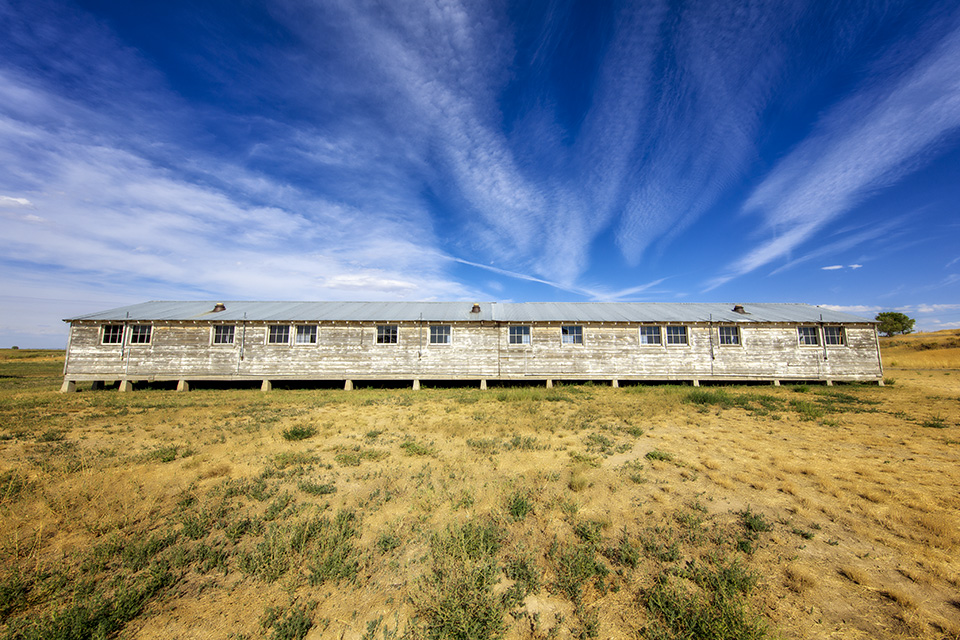
-
Long Barracks at Minidoka Relcoation Center, Hunt, ID, 2016. Photo byDavid Lee.
